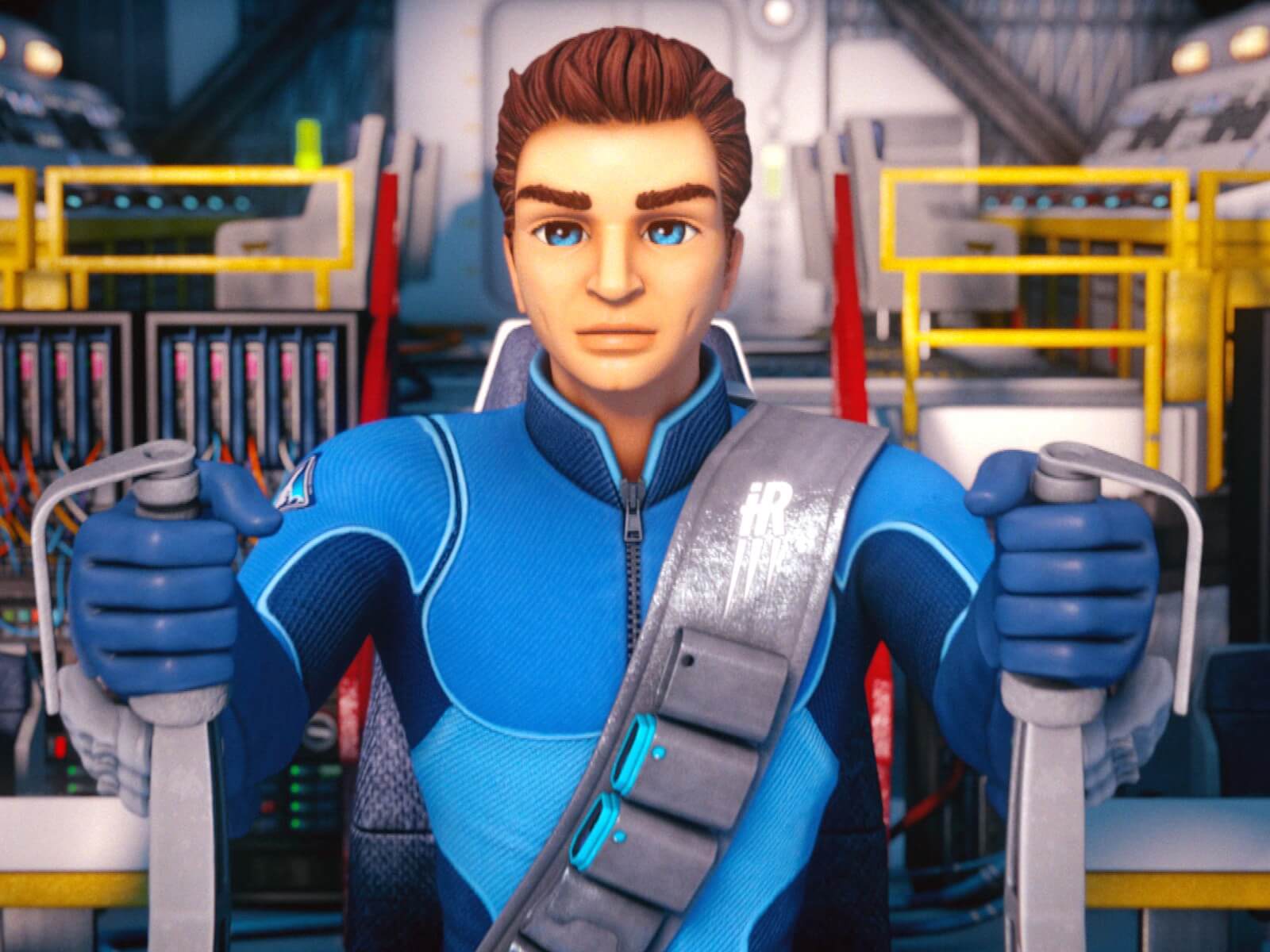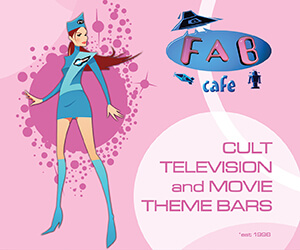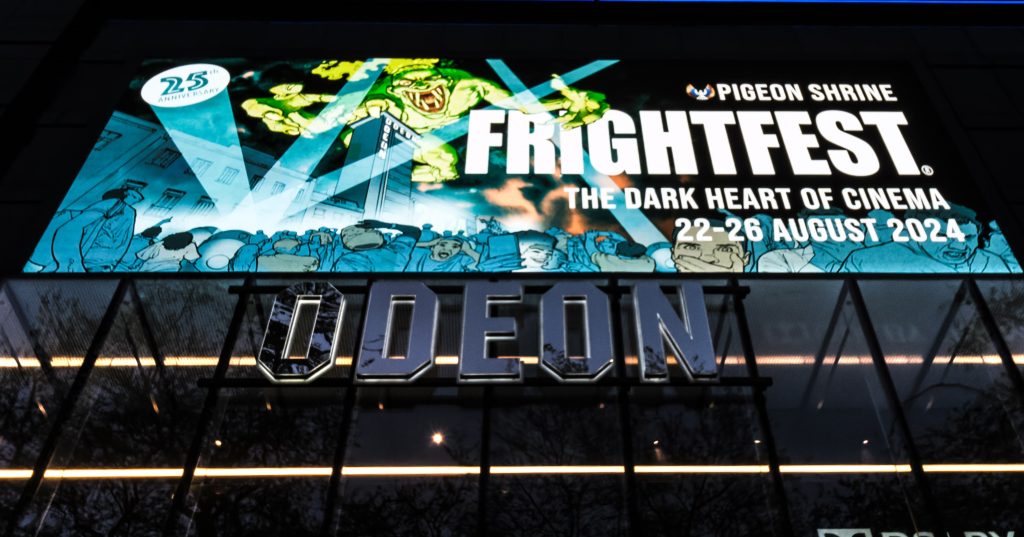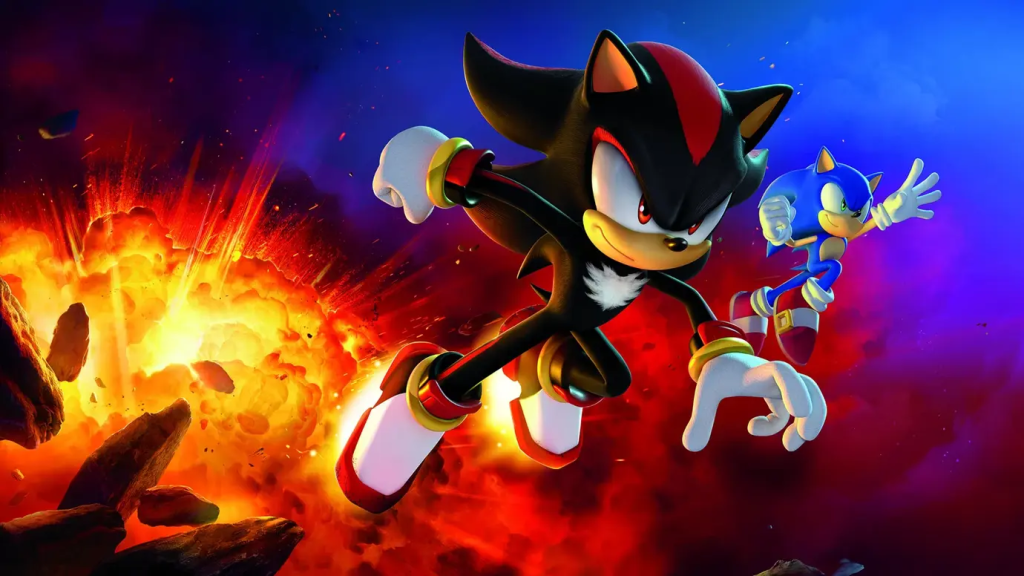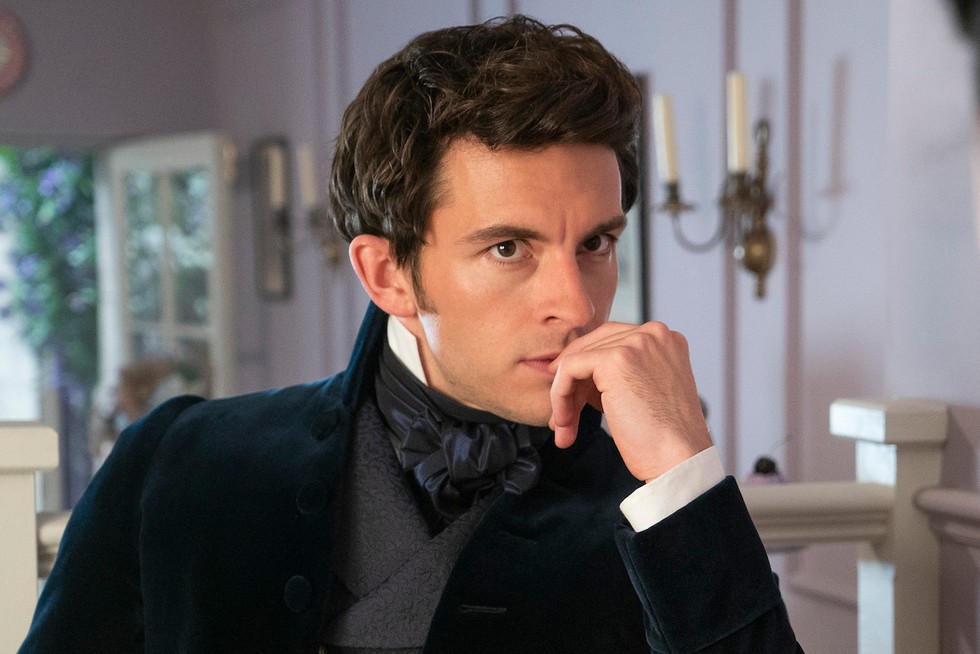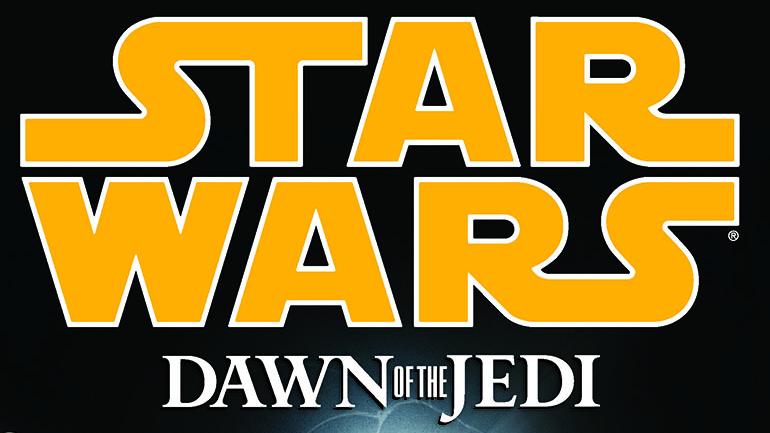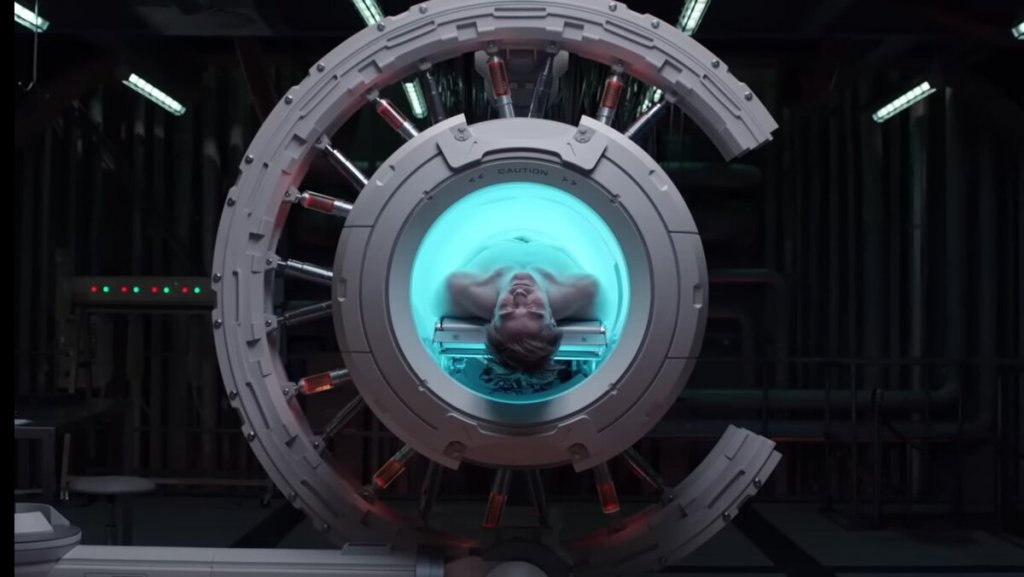REVIEWED: SEASON 3 (ALL EPISODES) | WHERE TO WATCH: AMAZON PRIME VIDEO, APPLE
The words “where’s Jeff?” have been hot on everyone’s lips since Thunderbirds Are Go began back in 2015, but it grew to a roar with the third and final season. To recap, Thunderbirds Are Go reimagines the classic Supermarionation series by being set in a fresh continuity where Jeff Tracy, founder of International Rescue and head of the Tracy Family, is gone, missing in action. Having soldiered on for two seasons, Season 3 unveils the shocking revelation that he’s still alive, trapped in the farthest reaches of space after a rescue gone wrong. The Tracy family begin their most dangerous rescue mission yet – saving their dad. The end result is a season that carries both the positives and the baggage of the past two seasons, but allows the reboot to conclude on an emotionally-charged note of satisfaction.
Season 3’s 26 episodes weld together the breathless sense of diverse adventure that’s been an indestructible hallmark of Thunderbirds, whatever the incarnation. But with two seasons of the same formula under the series’ belt already, there’s the risk that this format was growing stale. As if in response, Season 3 features much more carefully placed story-arcs, with more multi-parters and subplots than before, all leading to the eventual rescue of Jeff in the two-part finale The Long Reach. This renewed direction gives the season a brisk energy. Inevitably then, it’s the Jeff-centred episodes that get the most attention: the two-parters SOS, Signals, and The Long Reach, along with Break Out, Venom, Buried Treasure, and Firebreak. However, that’s not to say other stories aren’t absolute gems. The environmentally-themed Deep Water and the light-hearted Icarus are just some of the standalone stories that are just as fun.
More disposable episodes rear their head, however, as they have done in the past and the resulting balance between decent and less-decent episodes is uneven, but the furthered use of overarching episodes shows a welcome ambition to make the show go out on a high. Bolstering the episodes along are the exquisite production values. The fusion of CGI characters against mostly model backdrops, with occasional sprinklings of model vehicles (including a new take on the classic series vehicle the Crablogger), continue to give Thunderbirds Are Go a confident and distinct visual identity.
Season 3 introduces new subordinates for the Hood, the Chaos Crew, as well as untangling the messy arc for the Mechanic, Season 2’s reoccurring villain and another of the Hood’s underlings. Shifting into an anti-hero status when he cautiously joins I.R. to help them in their rescue of Jeff, his development is an unexpected delight to watch unfold.
The season and the show itself climaxes with The Long Reach, the two-parter everybody has been waiting to see. The rescue of Jeff demands the combined might of all five Thunderbirds into the Zero-XL and a desperate mission into the Oort Cloud. The sense of fist-pumping hopefulness of I.R.’s grand mission is juxtaposed by the danger Tracy Island faces when left vulnerable to an attack from the Chaos Crew. It’s a marvellous clash of moods that swell together into a cohesive whole, resulting in an oddly low-key finale with the emphasis clearly on emotions over full-throttle action.
With the show now finished, it’s plain to see that Thunderbirds Are Go captures the positive messages of the original with effortless ease – that technology is there to help people when they need it most. Thunderbirds Are Go proves that the Thunderbirds concept stretches beyond marionettes and models and has hopefully sparked the imaginations of a new generation of Gerry Anderson fans.

